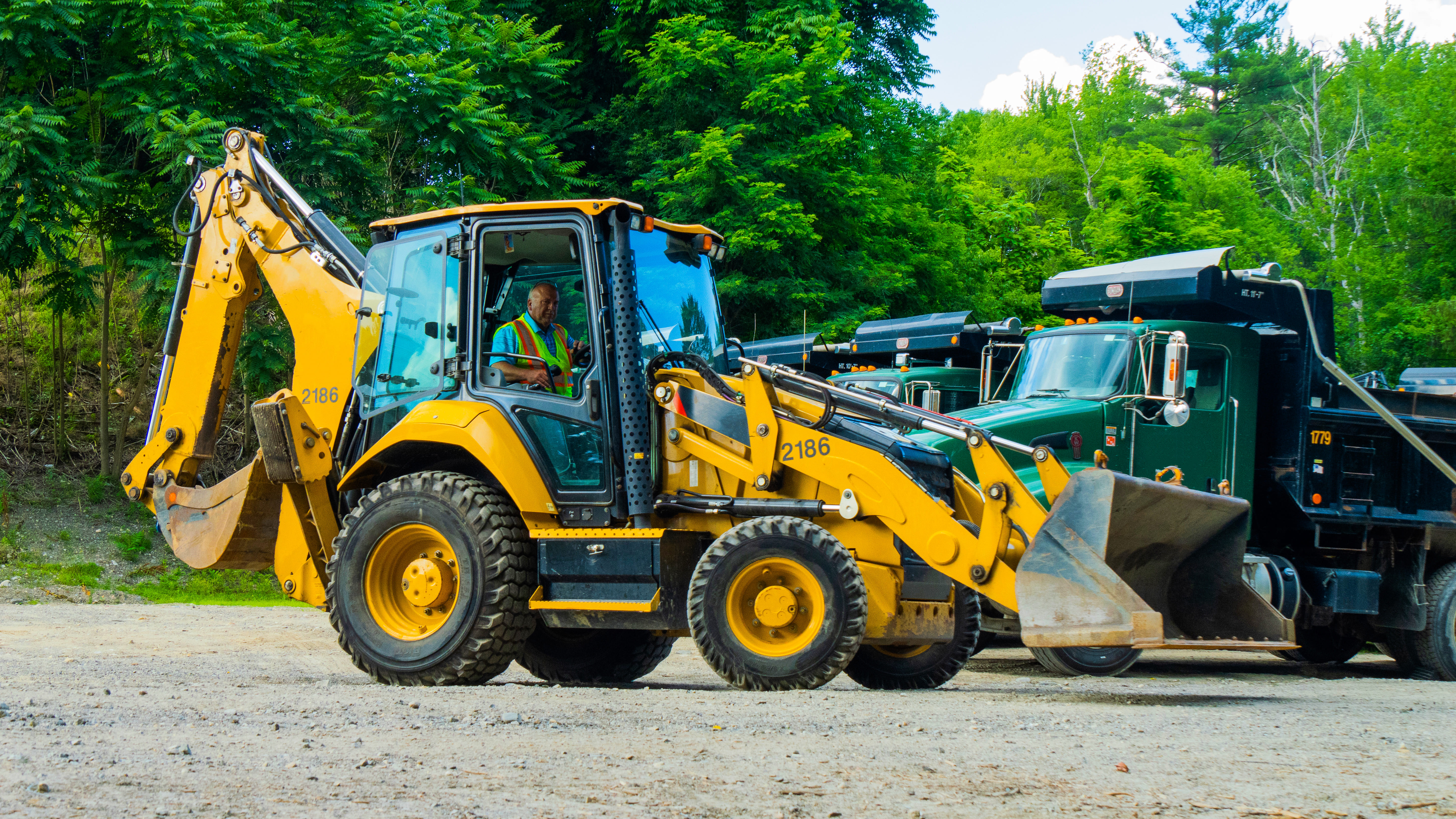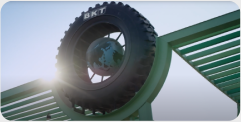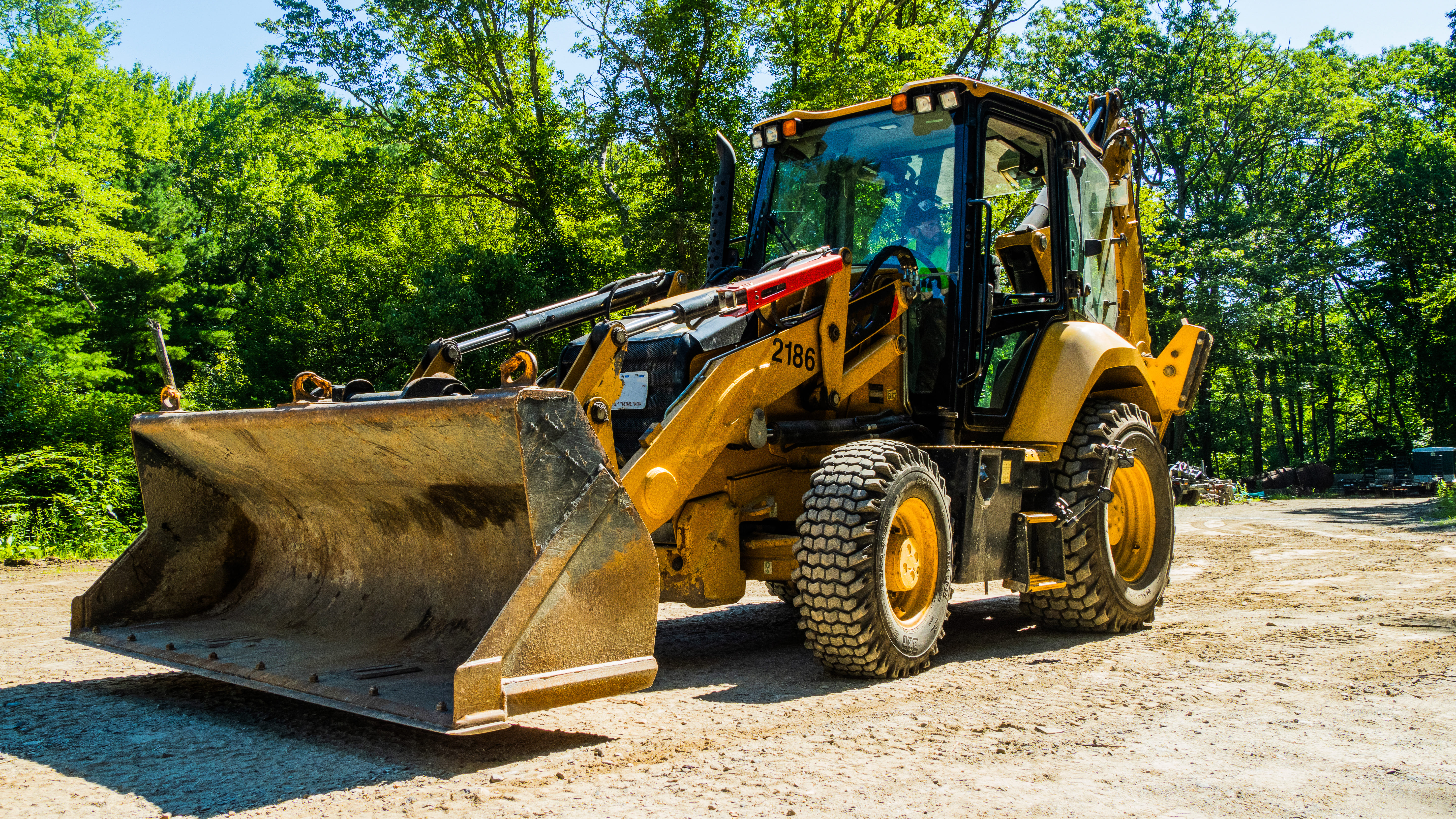The backhoe loader has been a construction mainstay for decades, prized for its versatility in earthmoving and beyond. Technological advancements ensure its continued relevance on future worksites. In today’s article, we’ll explore the enduring advantages of this self-propelled workhorse


The backhoe loader boasts remarkable capabilities, making it a true multi-tasker on the construction site. Its front blade and rear excavator allow it to handle various tasks, from loading and moving materials to digging trenches and more. Widespread on construction projects and earthmoving jobs, the backhoe loader remains a valuable tool in agriculture.
Numerous attachments further enhance this versatility. The backhoe can be equipped with a hydraulic breaker for harsh drilling, an auger for boring holes, or a grapple for grabbing materials. The front can be fitted with pallet forks, snowplow blades, or sweepers, making it a true all-rounder on the job site. No wonder the backhoe loader has become such a vital piece of equipment in construction and agriculture.

The backhoe loader, also known as a tractor loader backhoe, offers a distinct advantage with its wheeled design. This allows for direct travel on public road networks at speeds up to 28 mph, unlike tracked machines requiring a semi-trailer or exceptional convoy permits. This mobility makes the backhoe loader ideal for moving between job sites.
The machine has three key components: the front-mounted loader, the rear-mounted backhoe, and the centrally located cab. The loader bucket is raised and lowered via a hydraulic loading arm. The backhoe features a telescopic articulation that controls its bucket, enabling rotation up to 90 degrees (some models offer a full 360 degrees with a tilt rotator attachment). Backhoe loader power varies by model, with more robust options tackling rough terrain with ease.
These machines fall into three main categories: rigid backhoe loaders, known for their excellent stability on large construction sites due to their fixed frame; articulated backhoe loaders, generally less powerful and stable than their rigid counterparts; and mini-backhoe loaders, perfect for precise work and maneuvering in confined spaces where traditional backhoe loaders wouldn't fit.
_(1).jpeg)
Recent backhoe loader advancements focus on enhancing performance, comfort, safety, energy savings, maintenance, and noise reduction. These advancements often leverage technology from excavators and wheel loaders, integrating their efficient digging and handling capabilities. Safety improvements are a key focus, with features like automatic disabling of driving controls when not in use and overload warnings that alert operators to exceeding the machine's capacity.
Operator comfort has seen a significant boost. Multifunction joysticks allow one-handed control of the loader, transmission, and steering, minimizing fatigue. Return-to-level functions simplify operations by automatically stopping the loader at the optimal leveling angle, often guided by laser levels for precise positioning. Integrated quick coupler systems allow for fast and effortless equipment changes from the cab, minimising downtime. Visibility is another area of improvement. Operational cameras are integrated with specific attachments like forks, providing clear views of material handling on the screen in the cab. Standard work lights are also exclusively LED, offering superior illumination around the machine during nighttime or low-light conditions.
MP 570 is BKT's agro-industrial tyre suitable for equipping excavators and backhoe loaders. It is designed to ensure excellent traction and durability and superior self-cleaning capabilities in all operating conditions.






